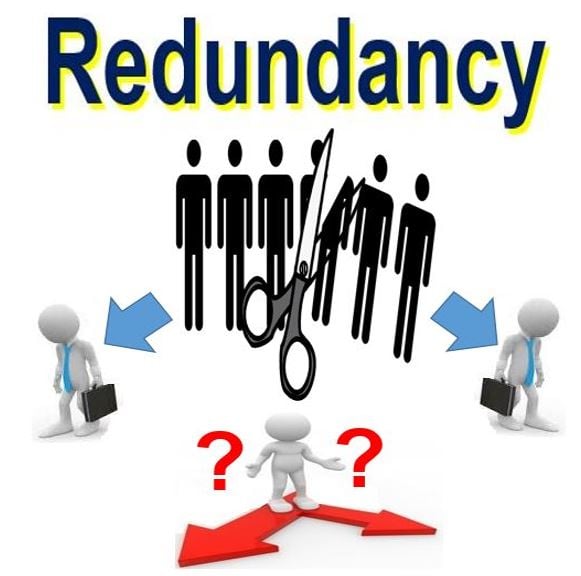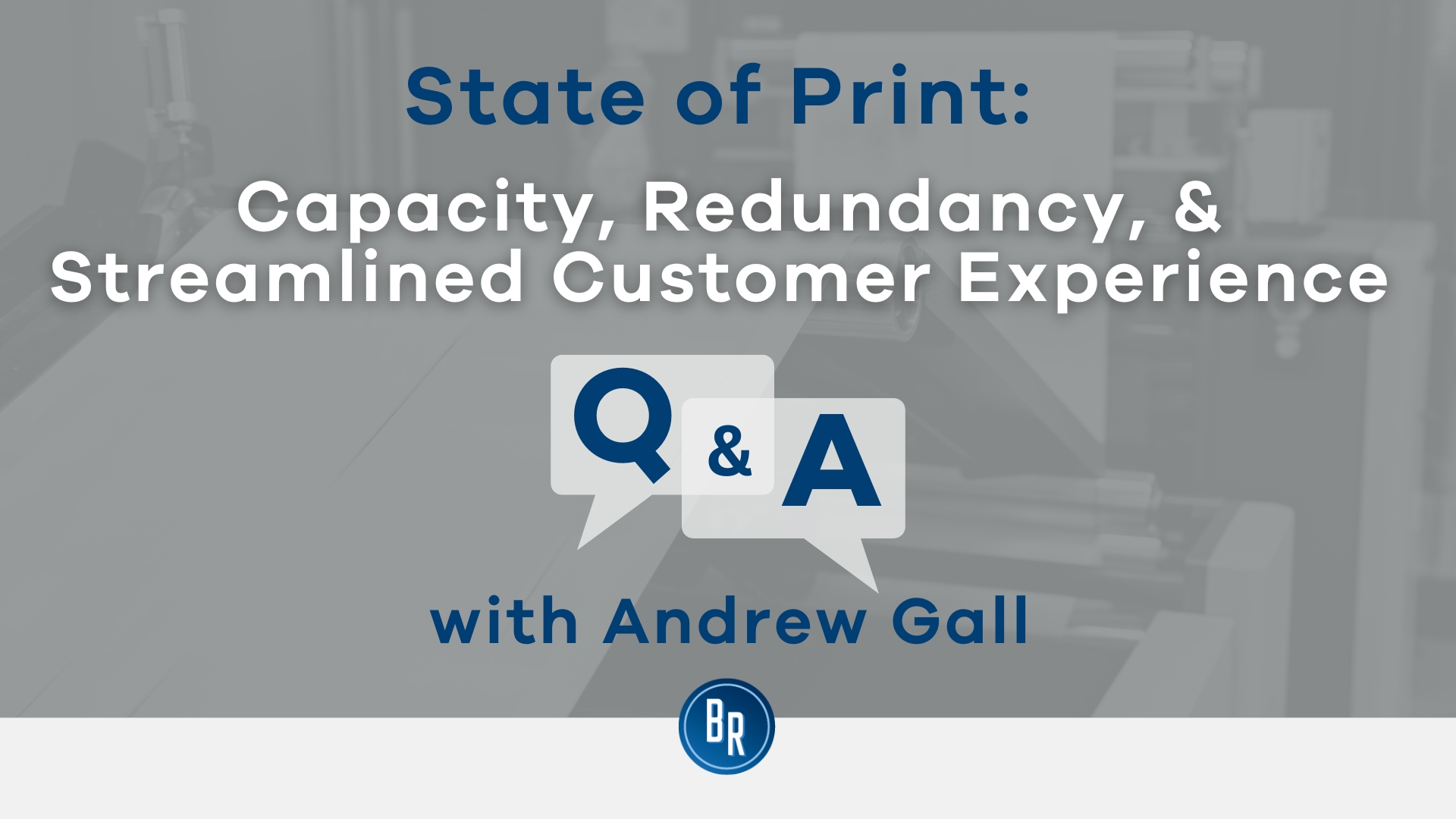Who Pays Redundancy Money? A Detailed Overview for Companies and Employees
Who Pays Redundancy Money? A Detailed Overview for Companies and Employees
Blog Article
Examining the Interplay In Between Company Redundancy and Business Versatility for Future Development
In the dynamic landscape of today's business globe, the intricate connection between company redundancy and business adaptability emerges as a critical factor for continual development and success. Business usually face the challenge of striking a fragile balance in between maintaining a level of redundancy to alleviate risks and promoting versatility to respond promptly to the ever-evolving market demands.
Value of Firm Redundancy
Company redundancy is a crucial element that improves organizational resilience and minimizes functional threats. By including redundancy measures within the organizational framework, firms can much better withstand unforeseen disruptions and fluctuations in the company atmosphere. Redundancy serves as a tactical buffer, permitting firms to adjust and respond efficiently to unforeseen challenges without compromising important operations.
One key aspect of the importance of firm redundancy is its duty in making sure continuity during times of situation. When encountered with sudden changes or emergency situations, repetitive systems, resources, or personnel can tip in to preserve important functions and prevent extensive interruptions. This continuity not just safeguards the business's reputation and consumer depend on however also minimizes economic losses and functional downtime.

Techniques for Organizational Versatility

One more critical strategy is purchasing innovation and facilities that can sustain adaptability and scalability. Implementing digital tools, automation, and data analytics can enhance procedures, boost performance, and provide important understandings for informed decision-making. Moreover, creating adaptable organizational structures that permit quick modifications to market dynamics and client requirements is important for staying affordable in a quickly developing atmosphere. By proactively determining possible disturbances and opportunities, companies can proactively flourish and adapt in an ever-changing company landscape.
Balancing Redundancy and Adaptability
Achieving an unified balance between functional redundancy and business adaptability is extremely important in browsing the complexities of a vibrant service atmosphere. Redundancy within a company gives a security net, ensuring connection and security in procedures. Nevertheless, an excess of redundancy can bring about ineffectiveness and hinder flexibility to altering market problems. On the other hand, business adaptability permits firms to react quickly to exterior interruptions and confiscate new possibilities. Striking the best balance in between redundancy and adaptability is a fragile process that needs a deep understanding of the company's goals, market characteristics, and danger resistance.
To attain this balance, companies need to conduct regular evaluations of their operations to determine areas where redundancy is required for danger mitigation and where adaptability can drive development and growth. Executing flexible structures, fostering a culture of continuous learning and renovation, and urging open interaction throughout all degrees of the company are vital approaches to integrate redundancy and versatility successfully. By lining up these two vital aspects, companies can position themselves for lasting development and success in an ever-changing organization landscape.
Study on Adjustment Success
In taking a look at circumstances of effective business adaptation, it becomes apparent that the interaction in between functional redundancy and flexibility is a specifying factor in forming resilient services. A DVD rental solution, Netflix showed impressive adaptability by transitioning into a streaming system when digitalization interrupted the market. These instance researches emphasize the article importance of functional redundancy combined with business versatility in promoting long-lasting development and competitiveness.
Building Durability for Future Growth
Building resilience for future growth needs a calculated positioning of operational processes with market dynamics and arising fads. Firms have to adjust to altering atmospheres by promoting a culture of versatility, development, and continual improvement. Resilience involves not just bouncing back from setbacks but also proactively preparing for future obstacles. One key facet of structure strength is buying robust threat administration methods to reduce potential disturbances. This includes circumstance preparation, diversifying supply chains, and developing backup plans for numerous backups (who pays redundancy money).
In addition, cultivating solid partnerships with stakeholders, such as customers, staff members, providers, and the area, is necessary for weathering uncertainties and keeping trust fund and support during stormy times. Efficient communication and openness play an important duty in building resilience, as they help promote and align expectations cooperation in browsing uncertainties.
Moreover, companies need to prioritize knowing and growth initiatives to upskill workers and furnish them with the essential tools to adapt to altering conditions. By purchasing their workforce, companies can improve their flexibility and agility, ultimately enhancing their durability for lasting future development.
Verdict

In the vibrant landscape of today's company globe, view it the intricate connection in between company redundancy and business adaptability emerges as a crucial element for continual development and success. Business usually encounter the challenge of striking a fragile equilibrium in between keeping a level of redundancy to reduce threats and fostering versatility to react promptly to the ever-evolving market demands.To achieve this balance, firms require to carry out normal assessments of their operations to determine locations where redundancy is necessary for risk mitigation and where versatility can drive technology and development.In conclusion, the interplay between company redundancy and organizational versatility is critical for future development. Building resilience through a combination of redundancy and versatility will make sure that firms are prepared for the obstacles of the future.
Report this page